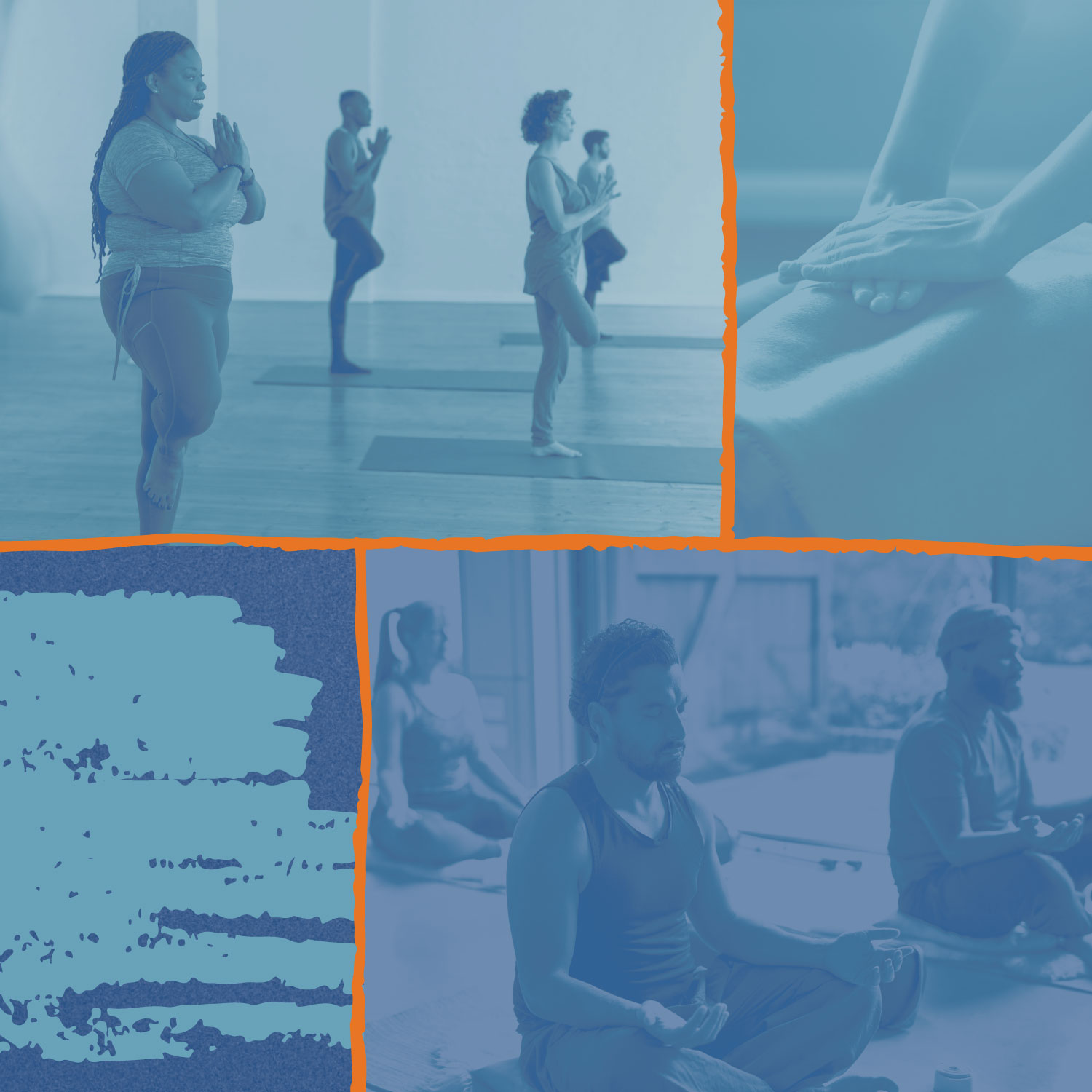Use of Complementary Health Approaches for Pain by U.S. Adults Increased From 2002 to 2022

Over a 20-year period—from 2002 to 2022—U.S. adults not only increased their overall use of complementary health approaches but were also more likely to use complementary health approaches specifically for managing pain. The findings come from a new analysis by the National Center for Complementary and Integrative Health (NCCIH). The research was funded by NCCIH and recently published in JAMA.
The analysis used data collected from the 2002, 2012, and 2022 National Health Interview Survey (NHIS) to evaluate changes in the U.S. adult use of seven complementary health approaches: yoga, meditation, massage therapy, chiropractic care, acupuncture, naturopathy, and guided imagery/progressive muscle relaxation. The NHIS is a nationally representative household survey from the Centers for Disease Control and Prevention’s National Center for Health Statistics.
Among the findings from the analysis:
- In 2002, 19.2 percent of people used at least one of the seven approaches, whereas in 2022, 36.7 percent of people did.
- Use of yoga, meditation, and massage therapy increased the most from 2002 to 2022.
- Use of yoga increased from 5 percent in 2002 to 9 percent in 2012 to 15.8 percent in 2022.
- Meditation increased from 7.5 percent in 2002 to 17.3 percent in 2022, and it was the most used approach in 2022.
- Use of acupuncture, which was increasingly covered by insurance, increased from 1 percent in 2002 to 2.2 percent in 2022.
The analysis also showed a significant increase over the 20 years in the proportion of U.S. adults using complementary health approaches specifically for pain management. Among participants reporting use of any of the complementary health approaches, the percentage reporting use for pain management increased from 42.3 percent in 2002 to 49.2 percent in 2022. The percentage of U.S. adults using yoga for pain increased from 11.4 percent in 2002 to 28.8 percent in 2022. The complementary health approach with the highest use for pain management was chiropractic (85.7 percent in 2022).
According to the analysis, the shift toward using complementary health approaches over the 20 years, especially for pain, may have been propelled by the need to switch from using potentially harmful opioids to using non-opioid treatments, higher quality research suggesting some complementary health approaches offer low to moderate levels of pain management, and the incorporation of some complementary health approaches in clinical practice guidelines for pain. Also, enhanced insurance coverage of approaches like acupuncture expanded patient access. The authors noted that study limitations include decreasing NHIS response rates over time, possible recall bias, cross-sectional data, and differences in the surveys' wording to describe the complementary health approaches and their use for pain management.
For additional information, including graphics, visit nccih.nih.gov/research/national-health-interview-survey-2022.
Reference
- Nahin RL, Rhee A, Stussman B. Use of complementary health approaches overall and for pain management by US adults. JAMA. 2024;331(7):613-615.
Publication Date: January 25, 2024